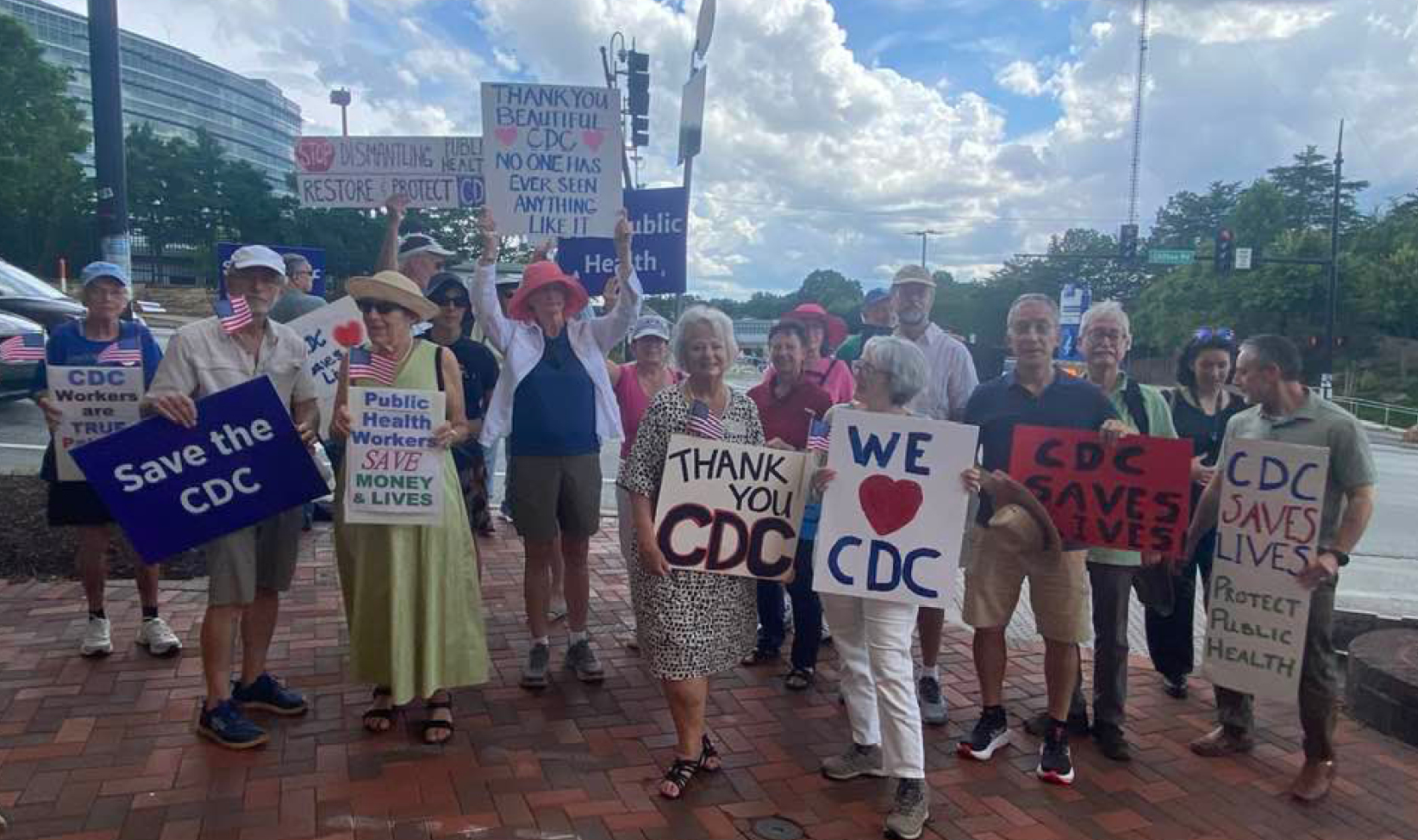Just In: Reapportionment Date for HD 82

GOVERNOR KEMP CALLS SPECIAL SESSION TO CONVENE ON NOVEMBER 3 FOR REAPPORTIONMENT
Governor Kemp has called for a Special Session of the General Assembly to convene on Wednesday November 3, the day after the municipal elections, to draw district lines for Georgia’s 14 Congressional districts and all Georgia House and Senate districts. Note that Governor Kemp also calls for us to take up other issues relating to coordination of federal and state tax laws, a routine annual task, and the motor fuel tax. The Proclamation does not include crime as some expected, but others claim that Buckhead City issues might be addressed, perhaps in hearings.
In the past week, the first redistricting map was released by state Senate leaders Lt. Gov. Geoff Duncan and Sen. John D. Kennedy, and the real mathematical and political work now begins with the 2020 Census data being entered into computer databases using sophisticated algorithms to plot potential districts.
WHAT ARE WE LEARNING FROM THE 2020 CENSUS?
Drilling into the 2020 Census data is the hard work of reapportionment and redistricting, and both the House and Senate Democratic Caucuses have hired voting rights litigation specialists with extensive experience in redistricting litigation as well as additional computer technicians who will use computer programs such as Maptitude to draw district lines by computer. I am reviewing the data for HD 82 and learning how the district has changed in 10 years. Here is a snapshot:
- Georgia's population grew by 10.6% since 2010 while the U.S. population increased 7.4%. Georgia's population is now 10,711,908.
- DeKalb County's population is now 764,382, an increase of 11% since 2010.
- The total census population of HD 82 is 60,104, also around a 10% increase since 2010.
- Of HD 82’s census population, 49,242 are adults 18 and over.
- All of DeKalb County’s growth is relatively consistent across our 16 state House districts compared to other parts of the state where growth is very uneven. For example, Forsyth County (Cumming) grew by over 43.2% while Dooly County (Unadilla) has lost almost 25% of its population.
Looking at the data for HD 82, the Census categorizes the population as AP (“Any Part”) Asian, AP Black, AP Hispanic, and White/Non-Hispanic. For HD-82, the categories of adults 18 and over break down like this:
AP Asian: 10.68%
AP Black: 21.67%
AP Hispanic: 18.27%
White/Non-Hisp.: 48.57%
As you can see, these percentages relate to categories and growth of total population and not those of registered voters. My next task will be to obtain the breakdown of HD 82’s growth by registered voters.
While the numbers represent total population rather than percentages of registered voters, they reflect the changing demographics of DeKalb County. The combined non-white population of HD 82 is slightly larger than the white population.
Some of the legal issues of redistricting in 2020 will be new and unique. Very good lawyers are anticipating new legal theories and maps that intentionally (or unintentionally) will generate new case law around the rights of all minorities to participate equally in elections. This data on the growing mix of Georgia’s population will be at the center of our efforts to create fair districts under the Voting Rights Act.
There are those who argue that the Act has been eroded by court decisions related to racial and partisan gerrymandering, the latter of which is considered political and beyond the purview of the courts. Thus, partisan gerrymandering continues to be legal and problematic, relying on techniques like “packing” (districts drawn to create majority-minority populations) and “cracking” (districts drawn to split up minority populations, diluting the influence of those populations). These techniques deprive voters of power and drain legislative contests of competition.
As we know, this is the first reapportionment session in which the pre-clearance provisions of Section 5 of the Voting Rights Act of 1965 will not be operative. After the 2013 U.S. Supreme Court decision in Shelby v. Holder, states are no longer required to submit proposed changes to voting laws to the U.S. Department of Justice for review and “preclearance.” The provisions of Section 2, which prohibit racially discriminatory practices in redistricting (among other voting related matters) still apply.
Fair Districts Georgia, in partnership with the Princeton Gerrymandering Project, has prepared over a million maps suggesting multiple ways Georgia’s districts should be drawn. The data suggest a much narrower partisan margin between the number of Democrat and Republican districts, making Georgia look more like a swing state. AJC
"[T] here’s a lot of opportunity to draw districts to mix the population either between minorities and non-minorities or between Democrats and Republicans,” said Ken Lawler, chair of Fair Districts GA. Valdosta Daily Times
We got a preview of what might happen with redistricting when the Republican majority in the Georgia Senate released the first new district map on September 27. Of particular interest is the manner in which the 6th Congressional District held by Democrat Lucy McBath was drawn for a Republican victory by bringing into the district Republican-leaning areas of Forsyth County and shrinking the Democrat-leaning areas of DeKalb. Also of interest is that so far Congressional District 7, where Democrat Carolyn Bourdeaux serves, remains drawn more toward Democrats with additions from Gwinnett. This is an example of what may be a Republican strategy to maintain a more solidly Republican leaning district in the 6th. Of course, Republicans are not sharing their strategies with me, and every day will reveal other maps and speculation on strategies. AJC ; 11 Alive (with map)
The release of this first map is but one example of the way maps will be distributed for public review ahead of a final vote. All newly drawn districts will be included in a bill and, as all bills are, read on the House and Senate floors and assigned to committees in each chamber. The same process will be followed for U.S. congressional districts and for state legislative districts. There will be committee hearings and opportunities for public comment. Because both houses have to agree on the final map, there will be a conference committee before a final vote.
You can watch most of this process on the General Assembly website, including many of the committee hearings. While we don’t yet know Covid protocols, whatever they are, the Capitol will be open, and you may visit and contact legislators there. You may also submit comments on the website. Georgia General Assembly
Read More:
Here is a 2 minute video that explains the basics of gerrymandering:
"The Basic Math of Gerrymandering"
New York Times Article on Shelby v. Holder
NPR: DOJ Lawsuit Against Georgia Re: SB 202 Voting Act 2021




.png)

